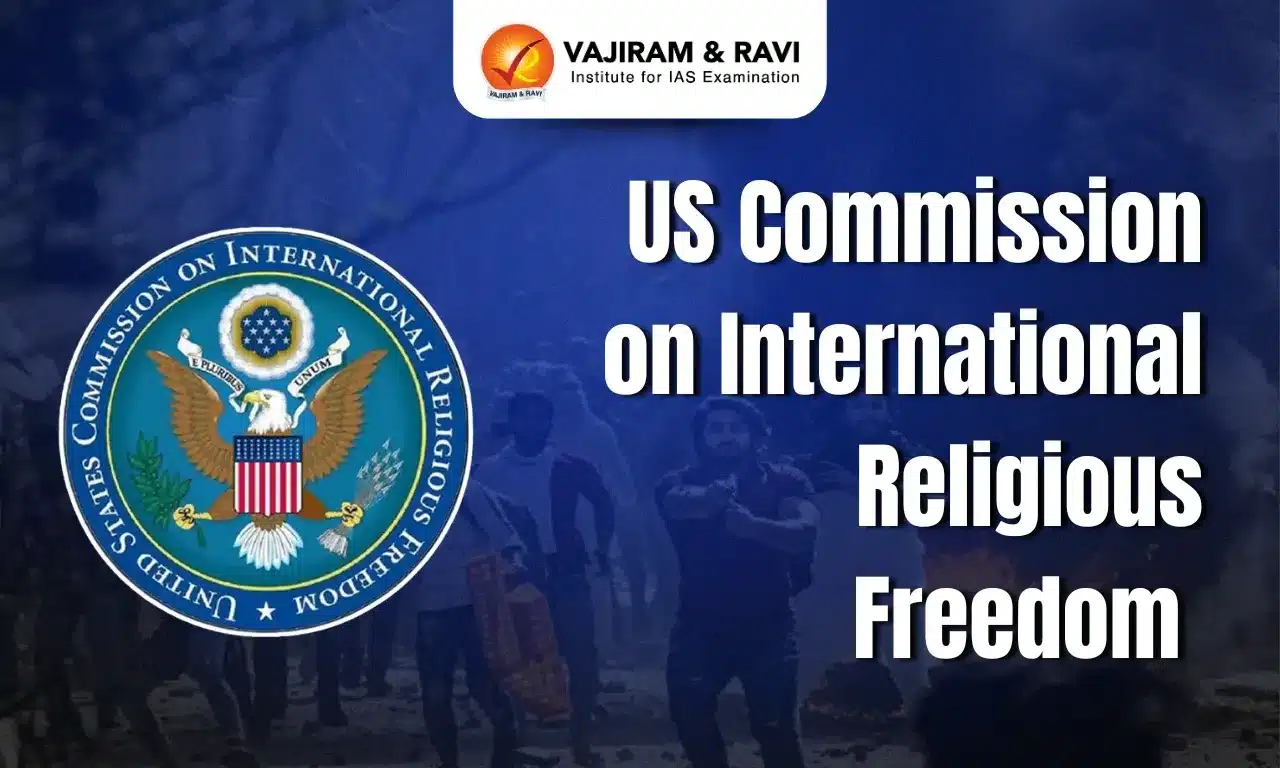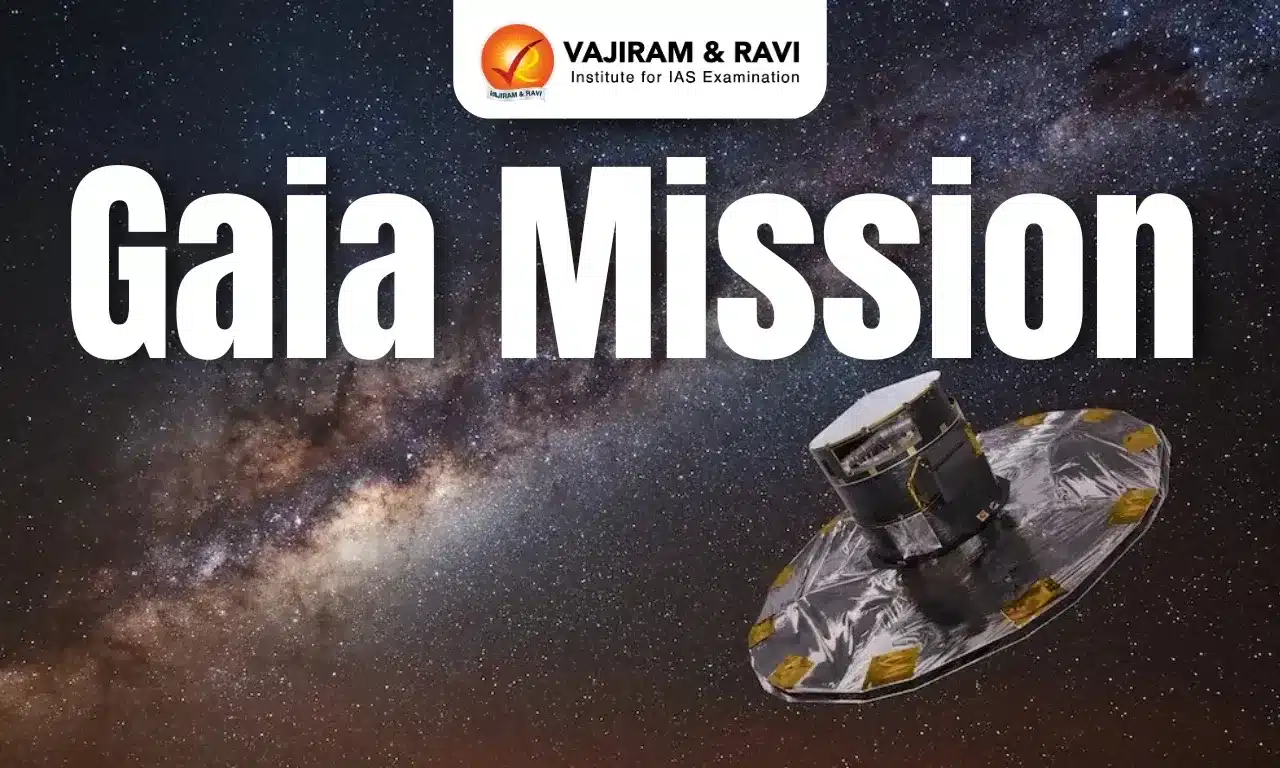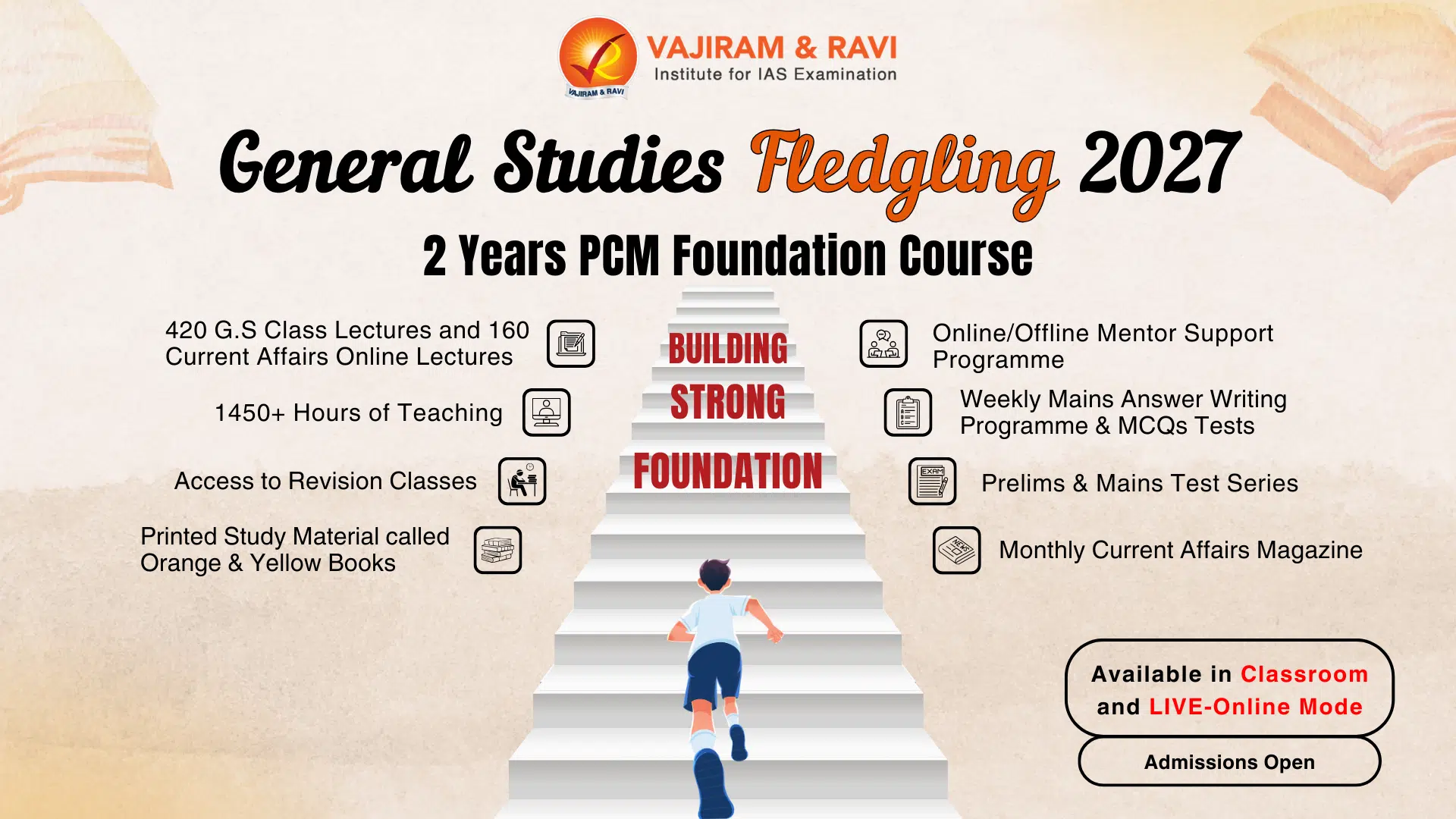US Commission on International Religious Freedom Latest News
The US Commission on International Religious Freedom recently recommended targeted sanctions against India's external spy agency R&AW over alleged involvement in assassination plots against Sikh separatists.
About US Commission on International Religious Freedom
- It is a U.S. federal government commission created by the International Religious Freedom Act of 1998.
- Functions: USCIRF reviews the facts and circumstances of violations of religious freedom internationally and makes policy recommendations to the President, the Secretary of State, and Congress.
- USCIRF's nine Commissioners are appointed by either the President or Congressional leaders of each political party.
- Their work is supported by a professional, nonpartisan staff.
- USCIRF issues an annual report that assesses the US government’s implementation of IRFA, highlights “Countries of Particular Concern” engaging in severe religious freedom violations, documents the conditions of religious freedom in many countries, and provides policy recommendations.
- It uses international standards to monitor religious freedom violations globally.
- Article 18 of the Universal Declaration of Human Rights affirms that:
- “Everyone has the right to freedom of thought, conscience, and religion; this right includes freedom to change his religion or belief, and freedom, either alone or in community with others and in public or private, to manifest his religion or belief in teaching, practice, worship, and observance.”
US Commission on International Religious Freedom FAQs
Q1. What is the main function of US Commission on International Religious Freedom?
Ans. Reviewing international religious freedom violations and making policy recommendations.
Q2. What designation does USCIRF assign to countries engaging in severe religious freedom violations?
Ans. Countries of Particular Concern (CPC)
Q3. When was the U.S. Commission on International Religious Freedom (USCIRF) created?
Ans. 1998
Source: HT






